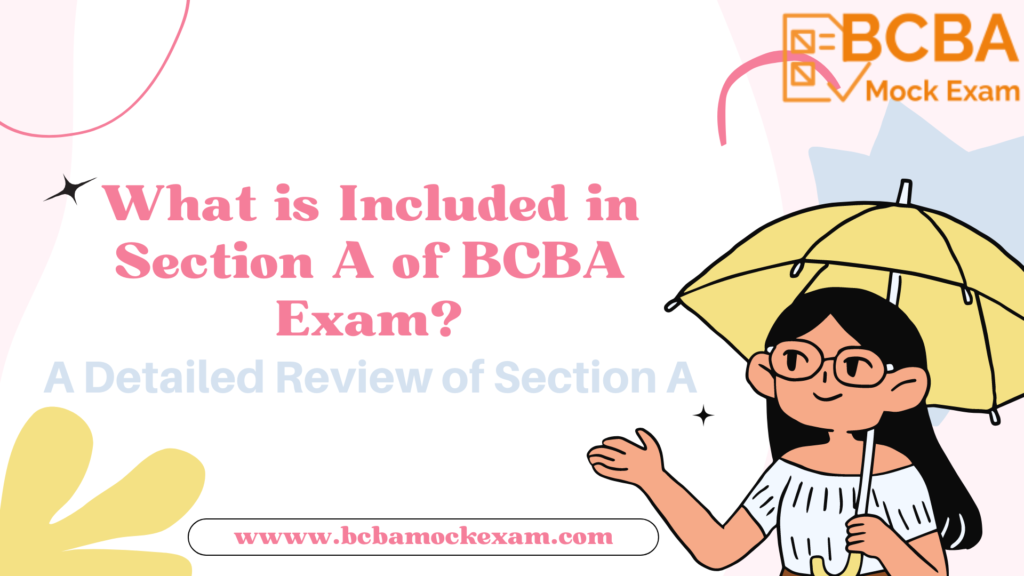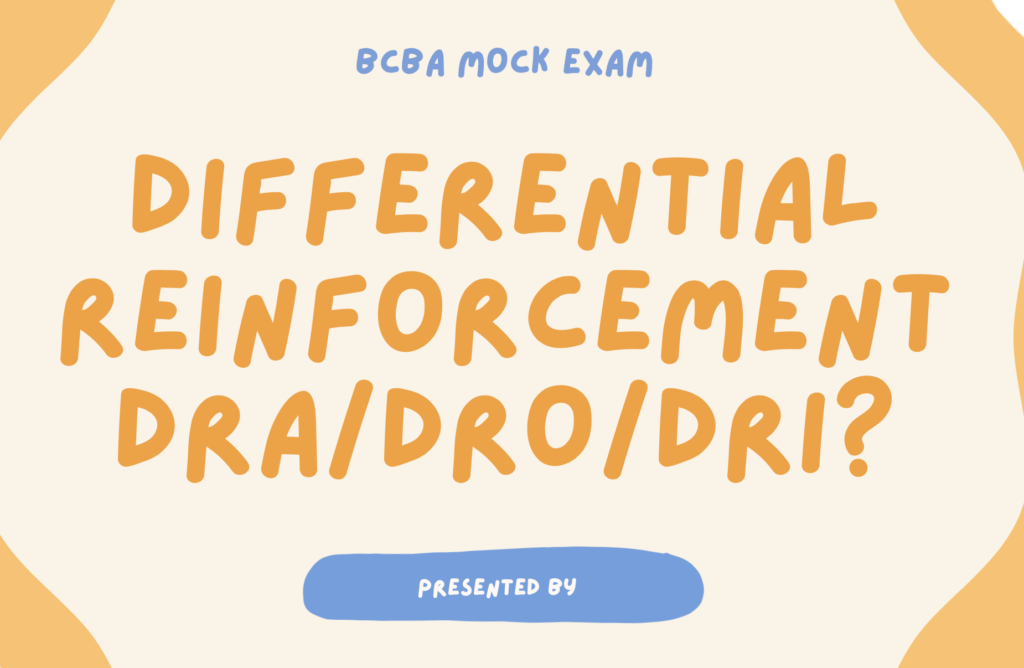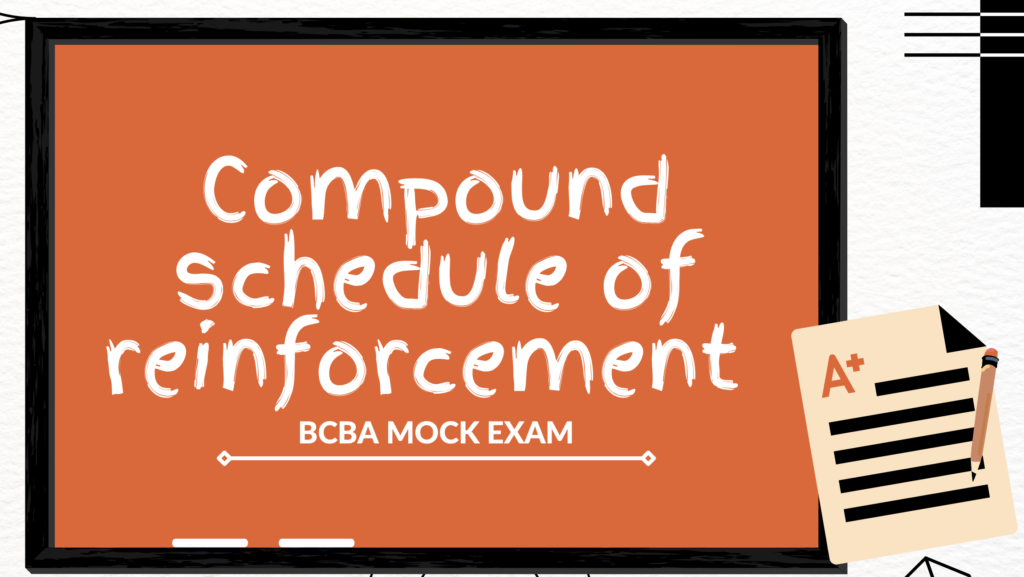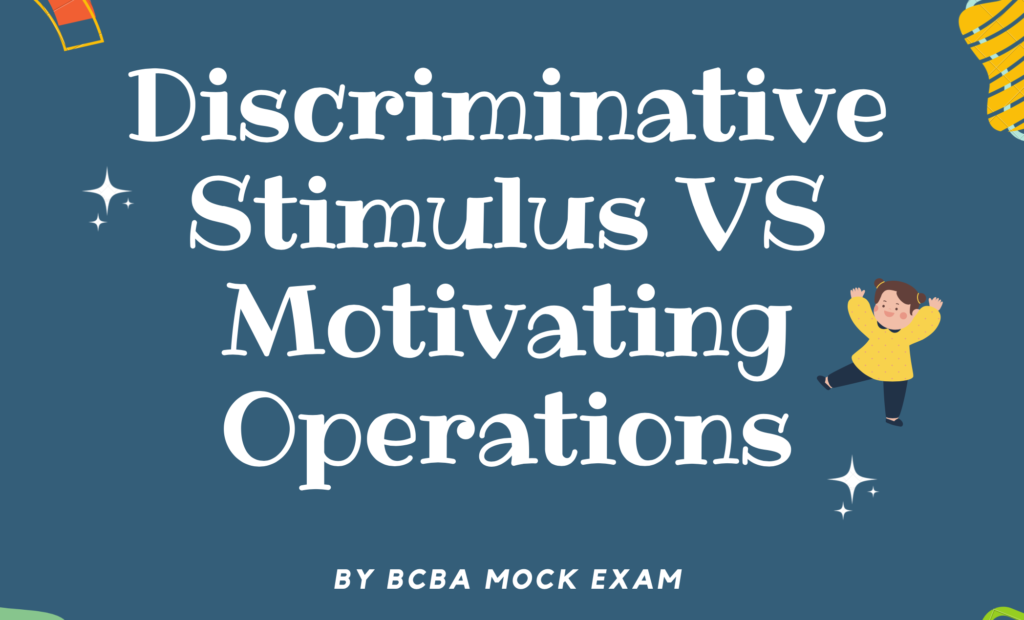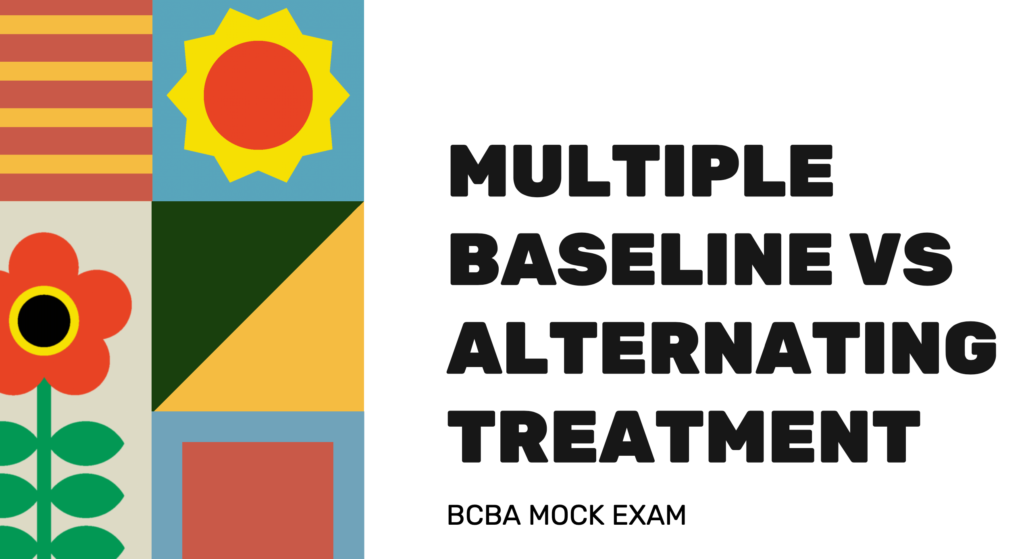What is Included in Section A of BCBA Exam?
We all know how definitions play an important in BCBA exam. Definitions are the foundation for a field of knowledge. The process of remembering each term and definition is tedious, but it is the primary guarantee for you to get a high mark in BCBA exam. As we know, BCBA exam covers 9 task lists (From A to I). Within these task lists, A and B focus on the definition and key BCBA vocabulary. Although this may sound harsh, it is better for candidates to get full marks in these two sections.
Before you start your revision, we are going to tell you more details to help you understand what the questions exactly asking about. We will focus on Task list A today, which is the philosophical underpinnings. The link here is the structure of task list A from Behavior Analyst Certification Board. If you want flashcards and real exam questions, click here! Let’s get started!
There are total 5 parts in Section A of BCBA Exam –
A-1 Goals of Behavioral Analysis
In section A-1, the goals of behavior analysis as a science include terms description, prediction, and control. According to the Cooper book (Full name: Applied Behavior Analysis), Here is the definition for each term:
1) Description
Description comprises observable events facts, which can be evaluated and contrasted with other facts.
2) Prediction
Prediction refers to the anticipated results of a future event
3) Control
The highest level of scientific knowledge is included in the control. Control can be used to derive functional relations.
A-2 Underlying Philosophical Assumptions of Behavior Analysis
Philosophical assumptions in ABA include selectionism, determinism, empiricism, parsimony, and pragmatism. This section includes lots of terms, but don’t worry, let’s talk about them one by one.
1) Selectionism
In short, selectionism is the practice of choosing certain actions to continue or cease based on one’s personal experiences. There are 3 types of selectionism:
- Phylogenic Selectionism
Phylogenic selectionism is the process through which circumstances preserve behaviours that assist secure the survival of a species or group.
- Cultural Selectionism
This refers to a transferring of behavior within group members through imitation.
- Ontogenic Selectionism
Ontogenic selectionism is the process through which conditions preserve behaviors that assist secure an individual’s survival.
2) Determinism
Determinism makes the assumption that the universe has its rules and order. For instance, Events and phenomena coexist, and this does not happen by chance.
3) Empiricism
This refers to all the studies of phenomena are based on data and objective observations.
4) Parsimony
Parsimony indicates incidents can be explained by a simple and logical explanations. And these explanations are the based for exploring more complicated explanations.
5) Pragmatism
In short, pragmatism is a way of solving problems and situations that focus on practical approaches and solutions. It allows professional practice improvement by analyzing social value and outcomes.
A-3 Perspective of Radical Behaviorism
Radical behaviorism is a type of behaviorism, which believes people’s thoughts, feelings, and actions do not exist independently. Instead, is a result of environments and their own experiences.
The explanation provided in the Cooper book mentions radical behaviorism aim to understand behavior in all forms, including private events.
A-4 Different types of Behavior Analysis
The task for this section is to distinguish between behaviorism, the experimental analysis of behavior, applied behavior analysis, and professional practice guided by the science of behavior analysis
1) Behaviorism
Refers to The Cooper book, Behaviorism is the philosophy of behavioral science.
2) Experimental Analysis of Behavior
This term is really direct to understand. It refers to behavioral analysis that involves experiments and laboratory research.
3) Applied Behavior Analysis (ABA)
In contrast with experimental analysis of behavior, ABA aims to apply the principle of behavior in practice in order to facilitate socially significant behaviors.
4) Professional Practice guided by the science of behavior analysis
This term simply refers to giving professional behavior analytic service to clients.
A-5 Dimensions of ABA
This section asks for candidates’ clear understanding of each ABA dimension. If you know what are these dimensions, nice! You almost nailed it! There are 7 dimensions in ABA, which are applied, behavioral, technological, effective, analytic, conceptually systematic, and generality. These dimensions sometimes appear as options in BCBA exam, so it is important to understand and remember them.
1) Applied
Instead of referring to a theory or collection of theories, the term “applied” denotes that the variable of interest is significant to a particular person or community.
2) Behavioral
The term “behavioral” indicates that a study is analyzing physical events that can be precisely measured and therefore the individual’s changing of action can be identified.
3) Technological
When a study is referred to as “technological,” it means that every element of the intervention has been listed and is completely described.
4) Effective
Effective refers to a study that has changed a target behavior to a significant degree, and this change is socially significant.
5) Analytic
Analytic indicates a demonstrated control of the target behavior by study, which means there is an existence of a functional correlation.
6) Conceptually Analytic
The phrase “conceptually systematic” means that a study has linked all interventions or methods to the principles from which they were derived.
7) Generality
The term “generality” refers to how a study’s behavior change is observed throughout time, across multiple settings, or among other relevant behaviors.
We hope this Section A of BCBA Exam article can give you more hints and an understanding of what will come out in Task list A during BCBA exam. If you would like to practice more or see what real exam questions look like, you can visit us at: www.bcbamockexam.com to get premium study packages. Good luck with the exam!

